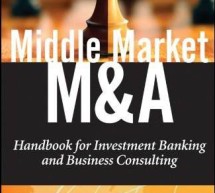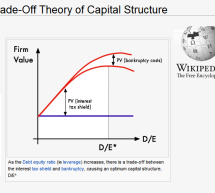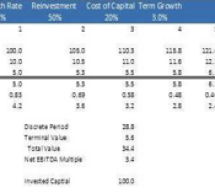Country-specific Cost of Capital is ‘By Far’ Damodaran’s Most Popular Download —BVWire News
Particularly When Valuing Companies with Substantial Foreign Operations, Business Valuation Analysts Know That Country-Specific Input Is Critical David Foster at BVWire News reports that in additional to his general data update for 2013, Prof. Aswath Damodaran (NYU Stern School of Business) provides a list of country default spreads and risk premiums.  Here's the professor's assessment: ...
Read more ›











